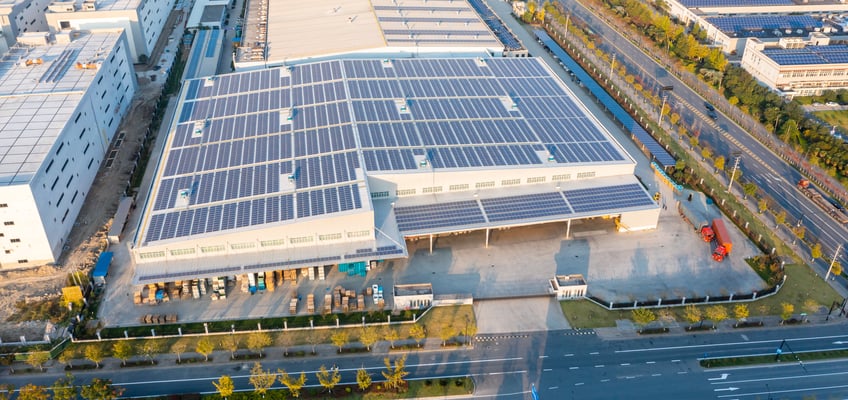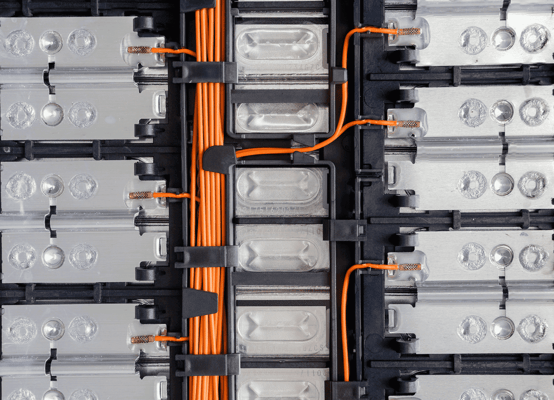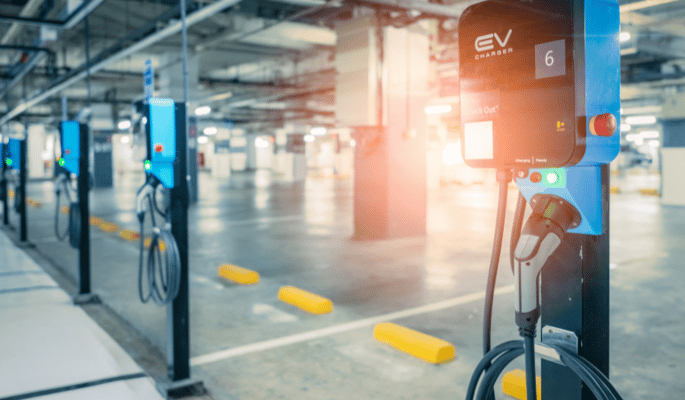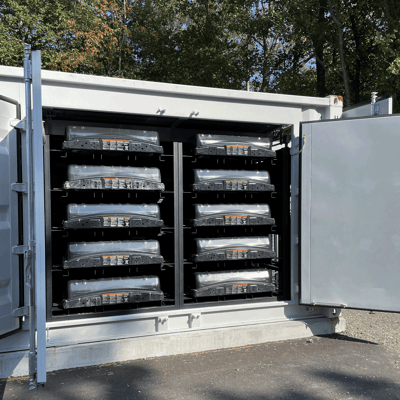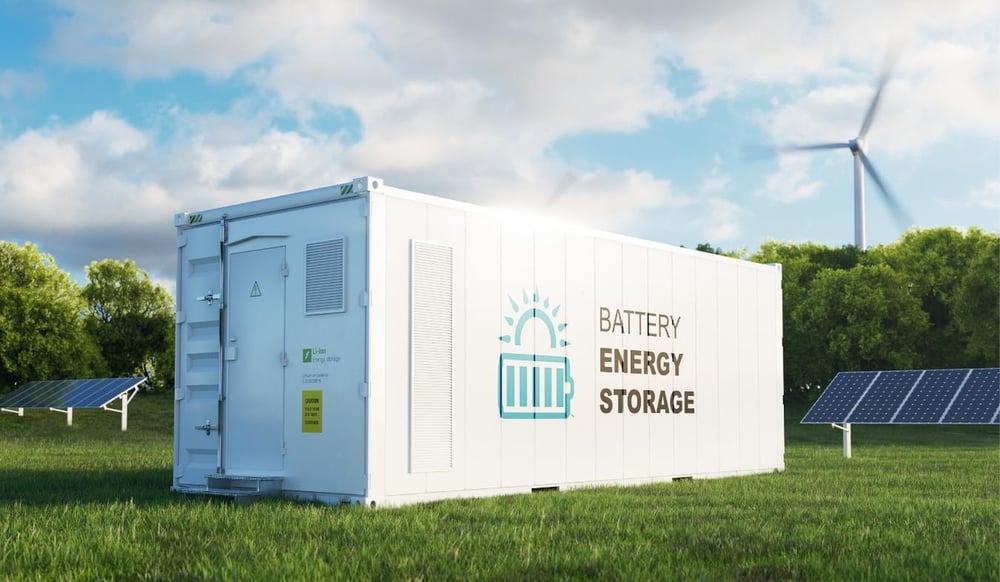
Why are second-life battery storage solutions so important?
With the ever-increasing global growth of electric cars (EVs), a new opportunity for stationary storage of electricity and alternative energy sources is emerging. The vast amounts of used EV batteries will probably exceed 200 gigawatt-hours by 2030.
Over the next few decades, the strong growth in numbers of electric vehicles will lead to high availability of batteries that no longer meet the necessary specifications for use in an EV. This energy storage potential can create significant value and enable further integration of renewable energy into our power grids. Alternative power sources such as solar and wind become more attractive as battery storage stabilizes these unstable renewable energy sources.
No longer of sufficient capacity for a car, but have still a lot to offer
EV batteries have a tough life, as they are exposed to extreme operating temperatures and hundreds of partial cycles a year. These lithium-ion batteries deteriorate sharply during the first five years of operation. Still, they can get a new life, even when they no longer meet EV performance standards.
When an EV battery reaches the end of its life, manufacturers have three options: they can dispose of it, recycle the precious metals or reuse it.
Reuse is the most environmentally friendly and correct usage, as the demand for batteries for stationary energy storage applications increases sharply.
The large volume offers great opportunities
Due to the rapid increase in electric cars in recent years and an even faster-expected growth over the next ten years, the availability of second-life batteries for stationary storage solutions will only increase.
Great opportunities and several challenges are connected to the refurbishment of EV batteries.
One challenge involves falling costs for new batteries. As new batteries become cheaper, the cost difference between used and new is reduced. This might, in the long run, lead to new batteries being chosen over refurbished ones, although this is a solution that is less sustainable in the long run.
Another challenge in the refurbishment industry is the different number of battery pack designs on the market, increasing the refurbishment complexity due to a lack of standardization.
Some manufacturers of second-life batteries open up and rebuild the batteries, but this is not always a safe solution. Currently, there are no standardizations regarding the refurbishment of lithium-ion batteries, which can lead to unsafe solutions.
At ECO STOR, we have solved this problem by using the batteries “as is.” We don´t open the battery packs. We simply pick the batteries out of the cars and use them directly in our storage solutions. This way, we ensure that our solutions are perfectly safe, as the batteries retain their factory warranties.
The problem is turned into a resource
As the markets for second-life batteries stabilize, owning a battery system will become more attractive due to the system's actual residual value. Neither car manufacturers nor battery manufacturers will want to throw away this resource.
The need for dealing with millions of EV batteries in the future has already led to the emergence of new recycling and recycling industries, creating new value pools with further potential to utilize and integrate renewable energy into our networks. While these industries face the strong challenge of being at the forefront of marketing, some companies have already captured the value of second-life batteries.
Eco Stor provides an excellent battery energy storage solution
The robust battery storage ECO STOR provides makes controlling the energy supply and prices more manageable. The possibilities both for private and commercial buildings are significant.
A battery storage system charges when energy is cheaply available and uses stored electricity supplies when prices are at their highest. Other great benefits are reactive power compensation, peak shaving and shifting.
Read more:The role of electric vehicles in a circular economy
A good battery solution offers flexibility and enables flattened consumption peaks. Another benefit is the possibility of moving and reusing a battery solution, which is also an excellent alternative to expanding the power grid. Altogether this is why a second-life battery storage solution is forward-looking.
Read more: What happens to EV batteries when they expire?

